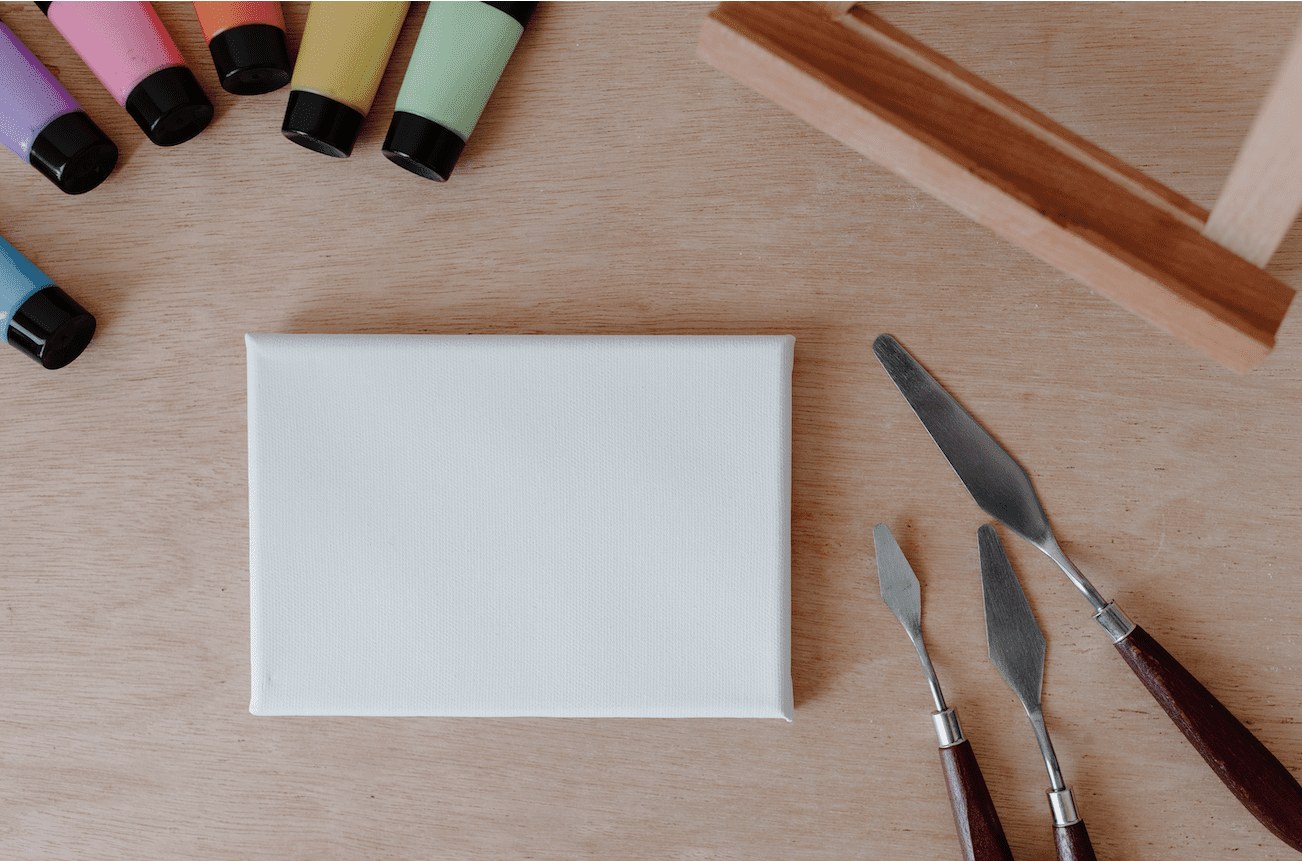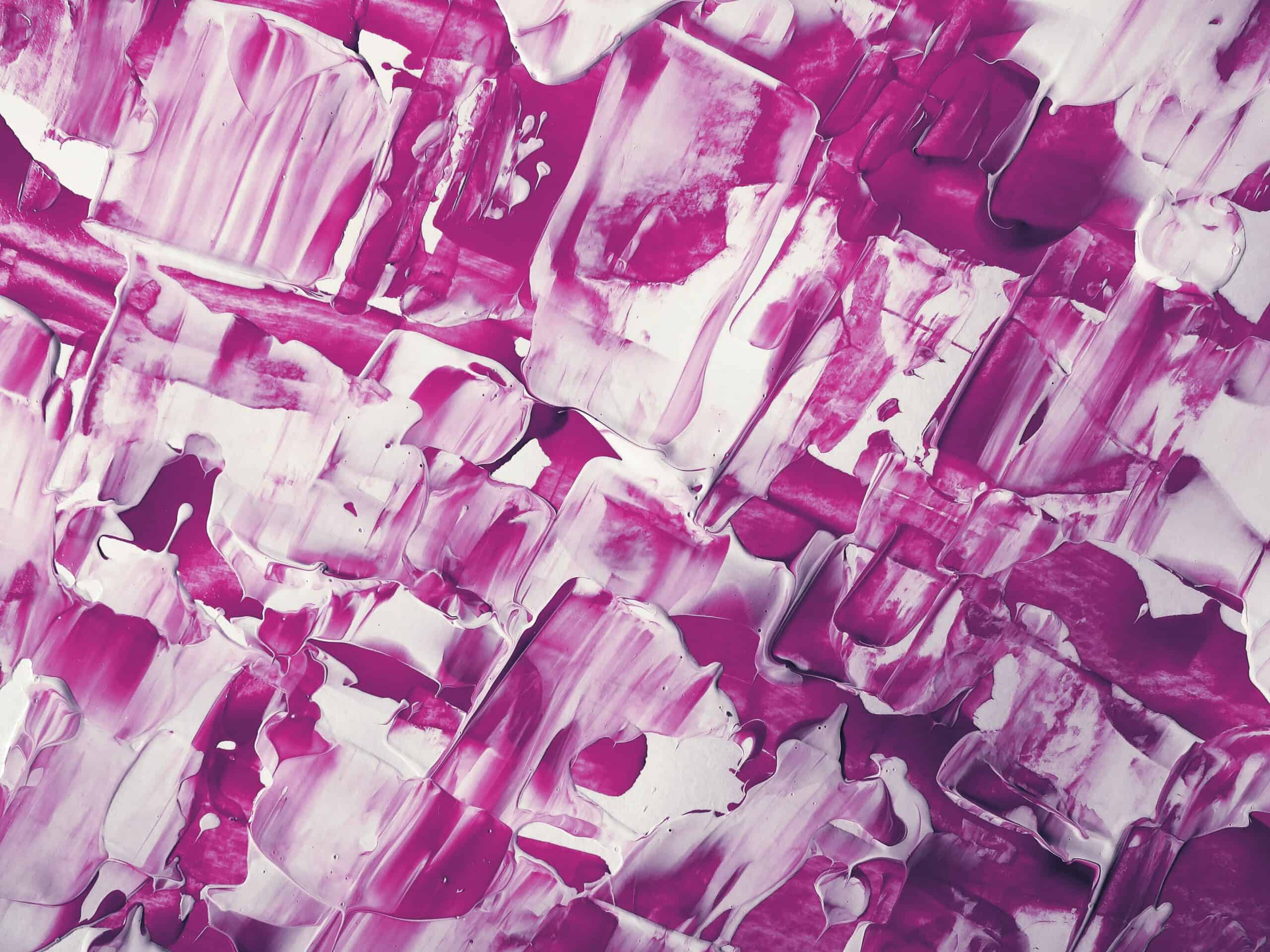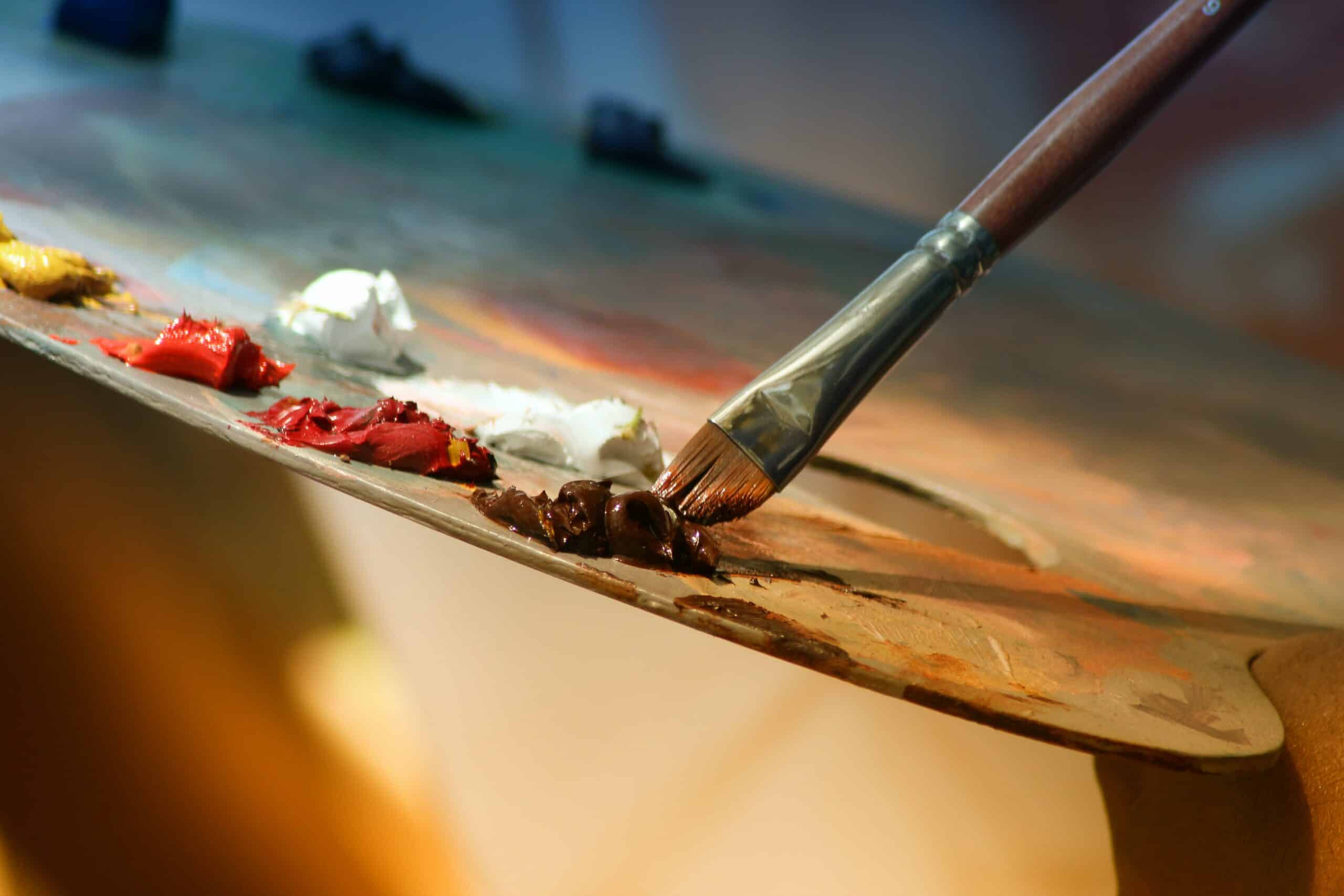How To Make Liquid Clear For Oil Painting
Painting is an art form that has been around for centuries. It's a great way to express your creativity and create beautiful works of art. For those who want to create artwork with oil paints, it can be tricky getting the consistency just right - but don't worry! With these tips, you'll soon have liquid clear enough to use in your paintings.
Are you wondering how to make liquid clear for oil painting? If so, this article is here to help. We’re going to walk you through all the steps you need to take to get perfect clarity every time. You’ll learn about different methods and techniques that will leave your paint looking professional-grade quality.
We know that mastering the technique of making liquid clear for oil painting isn’t always easy, which is why we’ve put together this guide. From gathering supplies to understanding the process of making liquids clear - by the end of this article, you’ll feel like a pro! So let's dive into learning how to make liquid clear for oil painting!
Gather Necessary Supplies
Getting ready to make liquid clear for oil painting is easy and fun. All you need are a few supplies, which I'll outline here. First of all, you'll need some linseed oil or stand oil. You can find these at an art store or online. Next, you'll need a solvent like turpentine or mineral spirits. Finally, get yourself some cheesecloth, a strainer, and rags.
Once you've gathered the necessary items, it's time to prepare and clean the surface. Before starting your project, be sure to lay newspapers on any nearby surfaces that could be damaged by spills or splashes from the solvents! This will help protect against potential messes. To begin with, your preparation work, use the cheesecloth and strainer to strain out any particles in the oils or solvents before incorporating them into your mixture.
With all your materials prepped and ready to go, it's almost time to create your liquid clear solution for painting projects!
Prepare And Clean The Surface

Getting ready to paint can be like a dance - all the steps must come for it to flow. Once you have gathered your supplies, the next step is preparing and cleaning the surface. This will make sure that the painting comes out looking just as beautiful as you imagine.
Before you start applying any of your paints, it's important to clean the area that you'll be working on. Remove any dust or debris from the canvas or board so that there won't be anything obstructing what you're trying to create with your art. If using oil paints, this is especially necessary because they tend to cling onto surfaces - if dirt or other particles are present, they may get stuck behind them and appear later on in your work!
Once everything has been cleared away and cleaned up, use some liquid medium such as linseed oil or mineral spirits to give extra clarity to your colors when mixing them with oils. Doing this helps ensure that each color stands out against one another instead of blending into a murky mess. The final result should look smooth and vibrant!
Now that your surface is prepped and ready for painting, it’s time to understand how different types of paints interact with one another. Understanding these nuances can help bring life and texture into your artwork so it looks its best!
Understand The Difference Between Oil And Acrylic
Wow, understanding the difference between oil and acrylic is crucial for making your liquid clear for oil painting! It's an essential step that can make or break a final product.
Oil paints are more time-consuming than acrylics because they take longer to dry. Additionally, when using oils you need to use solvents like turpentine or white spirits to thin them out and clean up after yourself. Acrylics, on the other hand, stay wet for much longer allowing you to blend colors better and create smoother brush strokes. You also don’t need as many materials with acrylics since they come in one tube ready to be used.
Finally, it’s important to note that each medium will give you different results due to their unique properties – so choose wisely! The right choice of medium will help ensure your liquid remains clear for oil painting purposes. With this knowledge under your belt, you'll be well on your way to creating a masterpiece.

Create A Solid Background
Creating a solid background for oil painting can be likened to laying the foundation of a house; it's essential and sets up the rest of your piece. To create that perfect backdrop, start by using a gesso-primed canvas or board - this will ensure any oils you use won't seep through to the back. Then, apply an even layer of color with either acrylics or oils as desired. Applying multiple layers is key here: each one should dry in between coats until you've achieved the desired effect.
Once the basecoat has been completed, you'll need to decide which medium to use. Acrylic paints are fast drying and easy to work with while oil paints require solvents and longer drying times but offer more control over colors and textures. Ultimately, it comes down to personal preference so experiment with both before committing!
No matter which medium you choose, keep in mind that having a clear liquid on hand (like turpentine) is important when working with oil paints as it helps thin out paint pigments and keeps brushes clean during cleanup.
With these simple steps done right, your piece will have a strong foundation from which all else will follow suit!
Choose The Right Medium
When it comes to making an oil painting look clear, the right medium is key. To make a liquid that can be used for this type of artwork, there are certain components you'll need. A mixing medium like linseed or walnut oil should be combined with turpentine or white spirits to create a transparent liquid. The ratio of these two ingredients will depend on how thick and opaque you want your paint mixture to be.
Once you've got the proportions just right, it's important to give the mixture a good stir before applying it to the canvas. This ensures that all the components have been evenly blended so that they don't separate when applied. Additionally, adding a few drops of solvent into the mix can help further thin out the consistency if needed.
It's also worth noting that not all solvents are created equal - some may contain impurities that could affect the clarity of your painting.
It's always best to use one specifically designed for art materials as this will ensure clean results without any discoloration or residue left over once dry. With the perfect combination of ingredients and techniques, creating a clear fluid suitable for use in oil paintings is achievable! Moving onto building up layers of transparent color...
Build Up Layers Of Transparent Color
Building up layers of transparent color is an essential and awe-inspiring process when it comes to oil painting! It's a surefire way to create stunning, liquid clear paintings that you can be proud of. Here's how to do it:
First things first - get the right materials for success. You'll need a solvent, appropriate brushes, and palette knives. Make sure your colors are high quality too – no one wants a muddy-looking masterpiece!
Now the fun part – is layering on those glorious colors. This step takes patience and skill - each layer must dry before the next coat can go on. But don’t worry, here are some tips to make this easier:
- Start with thin layers (you can always add more later!)
- Work from lightest shade to darkest shade
- Use different brush strokes for texture
- Choose glazing techniques for further depth The trick is to build up lots of fine layers until you achieve the desired effect.
Once complete, take a step back and admire your work – it will have taken hard work, but the result will be worth all the effort!
Finally, once you've created the perfect painting surface with multiple coats of transparent paint you can move on to finalizing it with a varnish.

Finalize The Painting With A Varnish
Once you’ve built up layers of transparent color, it's time to finalize the painting with a varnish. A good quality varnish will protect your artwork from dust, dirt, and other elements while preserving its vibrancy and clarity.
Here are some steps you can take when applying a varnish:
- Choose a matte or gloss finish depending on how much shine and reflection you want in the finished piece.
- Ensure that all paint is fully dry before starting to apply the varnish.
- Apply an even coat of varnish over the entire surface using smooth strokes.
- Allow for proper drying time between coats (usually 24 hours).
- After the last layer has dried completely, use a clean cloth to buff out any brush marks or imperfections.
Applying a high-quality varnish can make all the difference in protecting your oil paintings and maintaining their clear, liquid look for years to come! It may seem like an extra step but taking these precautions now will save you from costly repairs down the road. Plus, it'll give your work an extra professional touch that makes it stand out.
Frequently Asked Questions
The use of varnish in paintings is often a subject of debate. Is it necessary to use varnish for oil painting? Should we use it or not?
There are indeed certain advantages to using a varnish. Here is why:
- It can add clarity, making colors look more vibrant and intense;
- A protective layer can be added over the paint which stops dust from settling on the surface;
- With its glossy finish, you can make sure your artwork looks better than ever before;
- It helps protect against fading caused by UV light exposure.
But while these benefits may sound appealing, they come at a cost as well. Applying a varnish requires extra time and effort – plus it carries some risk too! Any mistakes made during application could damage the painting permanently. Plus, if you decide to remove it later down the line, this process could cause further problems with color bleeding or patchiness. So ultimately, when it comes to whether or not you should use a varnish for oil painting projects – the decision lies with you! Consider what kind of outcome you’re hoping for and then weigh up all the pros and cons carefully before making your choice.
Are you curious about the best way to apply layers of color when painting with oils? It can be overwhelming at first, but understanding the order in which colors are layered is key to creating a successful piece. With just a few tips and tricks, you’ll soon have your oil painting looking as clear and vivid as ever!
When layering colors while working with oil paint, it’s important to start with lighter shades and move toward darker ones. You want to make sure each layer has ample time to dry before adding another one on top—otherwise, there could be major smearing and mixing of different pigments that will mess up your masterpiece. Consider using an alkyd medium like Liquin if you’re hoping for faster drying times between coats.
It also helps to think ahead when applying multiple layers; plan out what parts of the canvas should remain light or dark depending on how much contrast you’d like in your work. Visualizing where each shade will go before putting a brush on canvas can help immensely in achieving a cohesive look throughout your artwork. Additionally, try thinning down the paints so they don’t become too thick and heavy. This will aid in keeping details sharp instead of blurred together from too many coats of paint applied too quickly.
So take your time, visualize what you’d like the final product to look like, use Liquin as necessary, keep things thinned out—and enjoy watching all those beautiful colors come alive on the surface of your next project!
Adding texture to a painting is like adding spices to a meal. It can take your artwork from bland to something truly sensational! I love how the slightest change in texture or even the addition of another layer can completely transform a piece into something unique and interesting.
One way to add texture is by layering different colors on top of each other with various brushstrokes. For example, if you want to create an area of deep coloration, using thicker strokes while applying lighter shades will help build up layers that look almost three-dimensional when viewed from afar. You could also try using sponges or paint rollers for more creative effects – it all depends on what kind of effect you are trying to achieve.
Another method for creating textured paintings is through mixing mediums with oil paints such as glazes and pastels. Glazes are ideal for creating subtle gradients and blending hues, while pastel sticks provide bolder lines that add further depth to your masterpiece. Experimenting with different textures can give life and vibrancy to any canvas, so don’t hesitate in getting creative!
As the old saying goes, ‘A good artist can paint a great picture with even the most basic of tools’. When it comes to oil painting, one of those essential tools is the brush. The type of brush used for oil painting is important because it will have a direct effect on how your artwork looks and feels once you’re done.
The first thing to consider when selecting a brush is its shape. Round brushes are usually best suited for creating thin lines while flat brushes work better for broad strokes or filling in larger areas. Angle brushes are also very useful as they provide more control when working around corners or making intricate details.
When it comes to bristles, natural hair such as hog, squirrel, and sable are generally preferred over synthetic ones due to their superior ability to hold more paint and create softer edges. Here’s a helpful list of popular types of brushes used by oil painters:
- Hog Bristle – Great for blending colors
- Squirrel Hair – They offer excellent springiness & softness which makes them ideal for detail work
- Sable Hair – Perfect choice if you want smooth transitions between shades & strong color saturation
- Synthetic Brushes – Affordable & easy to use but not quite as durable as natural options.
No matter what kind of brush you choose, make sure it has good-quality bristles that won’t break easily or shed during use. It’s also important to clean them regularly so that they last longer and don’t carry any unwanted residue onto your canvas. With some practice and patience, you’ll soon find the right type of brush that works best for your style of painting!
As an oil painter, you want to create paintings that glow with a luminous quality. To achieve this effect, it’s important to have the right surface for your painting. Like using the proverbial hammer and nail, having the correct surface is key to success!
When choosing a surface for oil painting, there are many options available. Canvas boards or stretched canvases made from cotton or linen will work well as they provide a firm ground for adding layers of paint. Other alternatives include wooden panels and paper which can be primed with gesso before being painted on. Whatever option you choose, make sure that the material isn’t too porous so that your colors stay vivid and true when mixed.
A final tip: if you’re looking for a clear finish in your work then use either dammar varnish or glossy mediums such as Liquin Original or Gel Mediums – these solutions help to keep the color bright while providing a protective layer over the finished artwork. With the right tools in hand, you’ll be able to create beautiful oil paintings full of depth and clarity!
Conclusion
When it comes to oil painting, the right supplies and techniques make all the difference. Knowing what type of surface to use and how many layers of color to apply can help you create a beautiful piece of art. Adding texture is also an important part of any painting, as it adds depth and interest. Varnish helps protect your artwork from dirt and moisture damage over time, so be sure to give your painting a few coats once complete. Finally, when selecting brushes for oil painting, choose ones with soft bristles that are designed specifically for this medium.
Ultimately, understanding how to make liquid clear is integral to creating stunning works of art through oil painting. While some may feel overwhelmed by the thought process involved in these steps, I assure you – taking care at each stage will pay off tenfold! By ensuring that every brush stroke has been applied accurately and precisely, you can marvel at your finished masterpiece knowing that it was crafted with skillful hands and careful consideration - something anyone should take pride in achieving.
So don't let complicated instructions discourage you from trying out oil painting; just focus on mastering the fundamentals, like making liquid clear for example. With practice and dedication, you'll soon discover how rewarding it can be to transform blank canvases into breathtaking pieces of art!






